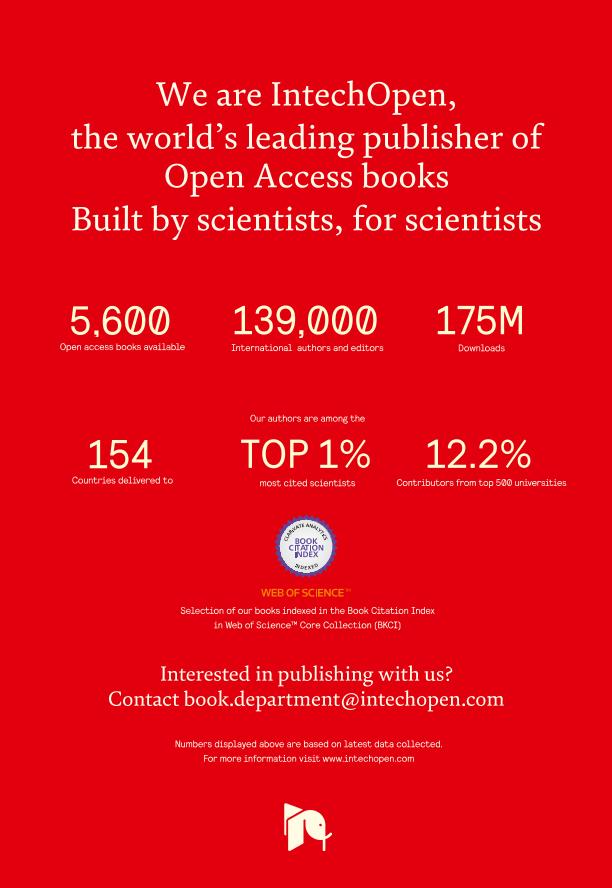Mostrar el registro sencillo del ítem
dc.contributor.author
Giudice, Carlos Alberto

dc.contributor.other
Hong, Shih
dc.date.available
2021-07-30T18:58:31Z
dc.date.issued
2012
dc.identifier.citation
Giudice, Carlos Alberto; Reinforcement fibers in zinc-rich silicate anticorrosive coatings; IntechOpen; 2012; 157-174
dc.identifier.isbn
978-953-51-0467-4
dc.identifier.uri
http://hdl.handle.net/11336/137501
dc.description.abstract
Well-known the electrochemical nature of most processes of corrosion, the technology of anticorrosive coatings is oriented in the direction of making products that control the development of electrode reactions and that generate the isolating of metal surface by applying films with very low permeability and high adhesion (Sorensen et al., 2011). The zinc-rich coatings and those modified with extenders and/or metal corrosion inhibitors display higher efficiency than other coatings. A problem that presents this type of primers is the extremely reactive characteristic of metallic zinc; consequently, the manufacturers formulate these coatings in two packages, which imply that the zinc must be incorporated to the vehicle in previous form to coating application (Jianjun et al., 2008 & Lei-lei & De-liang, 2010). Considering the concept of sacrificial anode (cathodic protection), coatings that consist of high purity zinc dust dispersed in organic and inorganic vehicles have been designed; in these materials, when applied in film form, there are close contacts of the particles among themselves and with the base or metallic substrate to be protected. The anodic reaction corresponds to the oxidation of zinc particles (loss of electrons) while the cathodic one usually involves oxygen reduction (gain of electrons) on the surface of iron or steel; the ?pressure? of electrons released by zinc prevents or controls the oxidation of the metal substrate. Theoretically, the protective mechanism is similar to a continuous layer of zinc applied by galvanizing with some differences because the differences because the coating film initially presents in general a considerable porosity (Jegannathan et al.,2006). The problems previously mentioned led to study other shapes and sizes of zinc particles. The physical and chemical properties as well as the behaviour against the corrosion of these primers are remarkably affected by quoted variables and in addition, by the PVC; thus, for example, it is possible to mention the laminar zinc, which was intensely studied by the authors in other manuscripts (Giudice et al., 2009 & Pereyra et al., 2007).The objective of this paper was study the influence of the content and of the nature of reinforcement fibers as well as the type of inorganic film-forming material, the average diameter of spherical zinc dust and the pigment volume concentration on performance of Environmentally friendly, inorganic coatings suitable for the protection of metal substrates. The formulation variables included: (i) two binders, one of them based on a laboratoryprepared nano solution lithium silicate of 7.5/1.0 silica/alkali molar and the other one a pure tetraethyl silicate conformed by 99% w/w monomer with an appropriate hydrolysis degree; (ii) two pigments based on spherical microzinc (D 50/50 4 and 8 µm); (iii) three types of reinforcement fibers used to improve the electric contact between two adjacent spherical zinc particles (graphite and silicon nitride that behave like semiconductor, and quartz that is a non-conductor as reference); (iv) three levels of reinforcement fibers (1.0, 1.5 and 2.0% w/w on coating solids) and finally, (v) six values of pigment volume concentration (from 57.5 to 70.0%)
dc.format
application/pdf
dc.language.iso
eng
dc.publisher
IntechOpen

dc.rights
info:eu-repo/semantics/openAccess
dc.rights.uri
https://creativecommons.org/licenses/by-nc-sa/2.5/ar/
dc.subject
ZINC-RICH
dc.subject
SILICATE
dc.subject
REINFORCEMENT FIBERS
dc.subject
ANTICORROSIVE COATINGS
dc.subject.classification
Ingeniería de los Materiales

dc.subject.classification
Ingeniería de los Materiales

dc.subject.classification
INGENIERÍAS Y TECNOLOGÍAS

dc.title
Reinforcement fibers in zinc-rich silicate anticorrosive coatings
dc.type
info:eu-repo/semantics/publishedVersion
dc.type
info:eu-repo/semantics/bookPart
dc.type
info:ar-repo/semantics/parte de libro
dc.date.updated
2020-08-04T20:07:33Z
dc.journal.pagination
157-174
dc.journal.pais
Croacia

dc.journal.ciudad
Rijeka
dc.description.fil
Fil: Giudice, Carlos Alberto. Provincia de Buenos Aires. Gobernación. Comisión de Investigaciones Científicas. Centro de Investigaciones en Tecnología de Pinturas. Consejo Nacional de Investigaciones Científicas y Técnicas. Centro Científico Tecnológico Conicet - La Plata. Centro de Investigaciones en Tecnología de Pinturas; Argentina. Universidad Tecnologica Nacional. Facultad Regional La Plata; Argentina
dc.relation.alternativeid
info:eu-repo/semantics/altIdentifier/url/https://www.intechopen.com/chapters/34485
dc.relation.alternativeid
info:eu-repo/semantics/altIdentifier/doi/http://dx.doi.org/10.5772/34435
dc.conicet.paginas
482
dc.source.titulo
Corrosion Resistance
Archivos asociados
